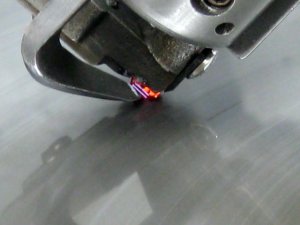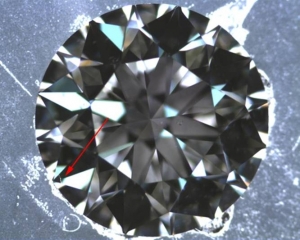Makingmagic
Rough_Rock
- Joined
- Sep 25, 2010
- Messages
- 2
Hi guys, I am thinking about buying a 2 carat, G or H color stone off of bluenile. I have picked Ideal cut, polish, symmetry, and no fluorescence. However I notice that for both G and H color stones, the value for the same size carat goes up 10-20% as the number of inclusions go down. I really dont like anything that has crystals in it cause they show up as dark spots, but maybe I can live with feathers and clouds if they arent visible. So my question to you guys is, should i care about clouds and feathers if its on a vs2 stone? Thanks for your help guys!









300x240.png)